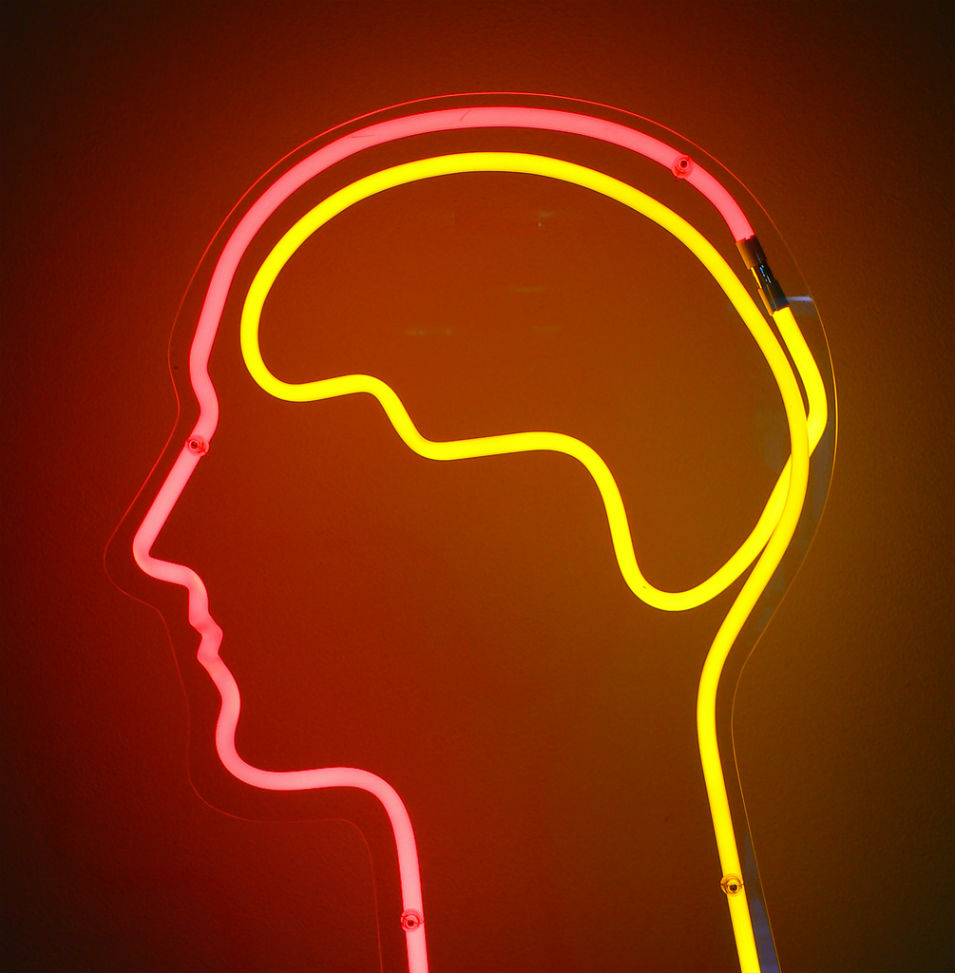
Whether you’re an avid cyclist, a PT junkie or a car commuter, everyone has an opinion about Melbourne’s roads. Ask anyone about the North-South divide and you’re bound to hear people frothing about the hours of time wasted up and down Punt Road.
So, how do we shift perceptions on infrastructure?
For me the commute is part of my daily ritual. From St Kilda to Collingwood the most direct way is on the bus up Punt Road, and yes, every day facing the predictable gridlock.
One of my favourite ads on the corner of St Kilda Junction summed it up well. It was a billboard for Carlton Draught with the caption, “Brewed in Abbottsford. Just 9 hours down Punt Road.”
Everyone who lives or has lived in Melbourne would get that ad—and the loss of friends due to the divide of living on opposite sides of the river.
Larissa Dubecki’s recent article, Punt Road traffic woes simply too hard to stomach talks about her love and lack of a relationship with a restaurant based south-side, which she has ‘filed under “GI” for geographically impossible’.
Confining yourself to a little patch seems a little defeatist – especially when there’s so much awesomeness in Melbourne in every direction. Dubecki’s solution? She’s trumpeting a tunnel to solve the epic North-South dilemma. Not a bad idea if it had legs, especially if it incorporated some form of public transport along it that wasn’t going to clog up the roads further.
Unsurprisingly, cycling has become my preferred method of transport.
Traffic jams.
One reason for the tendency to become like village people, not straying too far from home, is that no one likes sitting in traffic.
And, it’s not as if Punt Road is the biggest challenge. There’s the Monash, the Tulla and the West Gate to deal with and commutes from places where cycling isn’t an option.
For some people, coping with congestion is simply about buying a meditative CD or audio book and sucking it up. And, accepting gridlock is inevitable.
But we all saw transport infrastructure become the headline act in the recent state election upset, which the incumbent government dispatched after a single term in office.
So what are the underlying issues? Why is infrastructure always such a bitter pill? And what are other countries doing about it?
Top of the global agenda.
Infrastructure was a hot topic among G20 global leaders on their recent sojourn down under. And with the world’s infrastructure woes being recognised in unison what are we, the public, willing to pay for upgrading our transport networks to reflect other world class systems?
Earlier this year an article in The Conversation, Making road users pay could clear infrastructure gridlock, did the maths on what the average car in Australia user pays compared to those in the US and Europe. Depending on where you compare us to, we’re either cheap or expensive. So that’s helpful.
There was however a link in the article to research conducted by the University of Sydney Business School’s Institute of Transport and Logistics revealing Australian’s are generally in favour of user pays systems, although Victoria was lower than Queensland with 45% of Victorians regarded public transport improvements as the highest priority transport issue, with road improvement the highest priority for less than 20% of the population.
Shifting perceptions.
So, how do we shift the perception about infrastructure and help improve our understanding of the options available to sort out our congested roads?
It is about understanding it’s not an either/or.
We all need access to well-built infrastructure to commute to work, to visit loved ones and to get the kids to school – whether we drive, take public transport or cycle.
While a train along Punt Road remains a pipe dream, I’ll continue to pedal my way across town avoiding Melbourne’s clogged arterials with the wind in my hair. Or, move north like everyone else.
At the agency we work on strategies to challenge human behaviour and ingrained perceptions such as stereotypes.
We’re working to change the public discourse about getting from A to B.

